Microsoft Edge has come a long way since its initial release, evolving into a competitive browser with a sleek design, robust performance, and a host of features. Despite these improvements, some users have encountered issues where Edge stops responding or crashes unexpectedly on Windows 11. Fortunately, these problems are typically software-related and can be resolved with a few troubleshooting steps. Below, we've compiled several methods to help you get Microsoft Edge back up and running smoothly.
Make sure Edge is updated
An outdated browser can lead to compatibility issues with Windows 11, causing Edge to become unresponsive or crash. Ensuring that Edge is up to date is a simple yet effective way to resolve these problems.
Step 1: Open the Start Menu and click on the Microsoft Edge icon. If it's not pinned, type Edge into the search bar and select it from the results.

Step 2: In the Edge window, click on the Settings and more icon (three horizontal dots) located at the top-right corner.
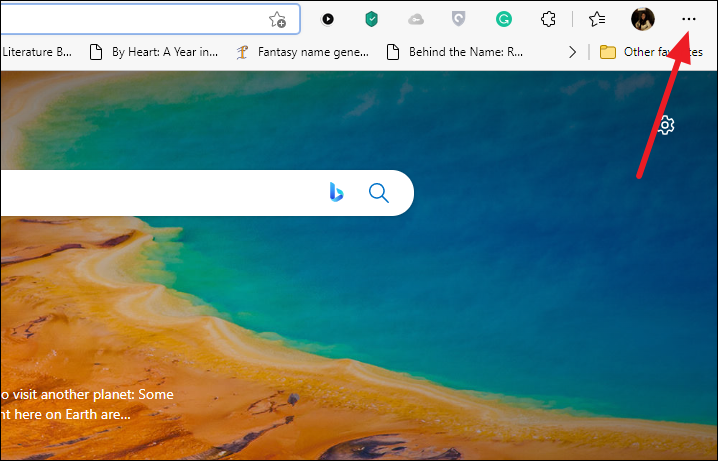
Step 3: From the dropdown menu, select Settings. A new tab will open with Edge's settings.

Step 4: In the left sidebar, click on About Microsoft Edge.
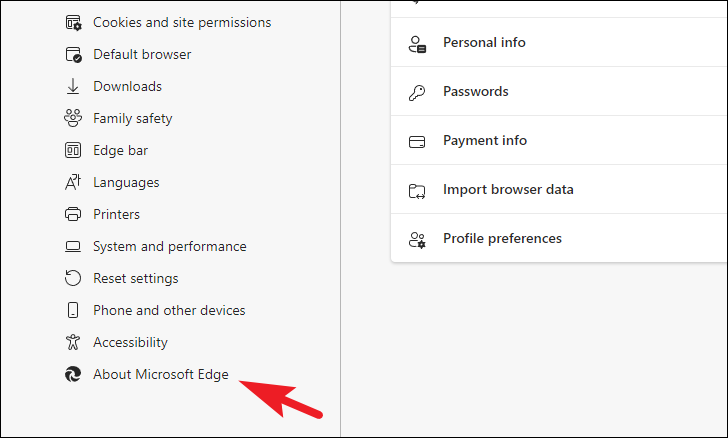
Step 5: Edge will automatically check for updates. If an update is available, it will begin downloading it. If you're on a metered connection and the update doesn't start, toggle on the option for Download updates over metered connections.
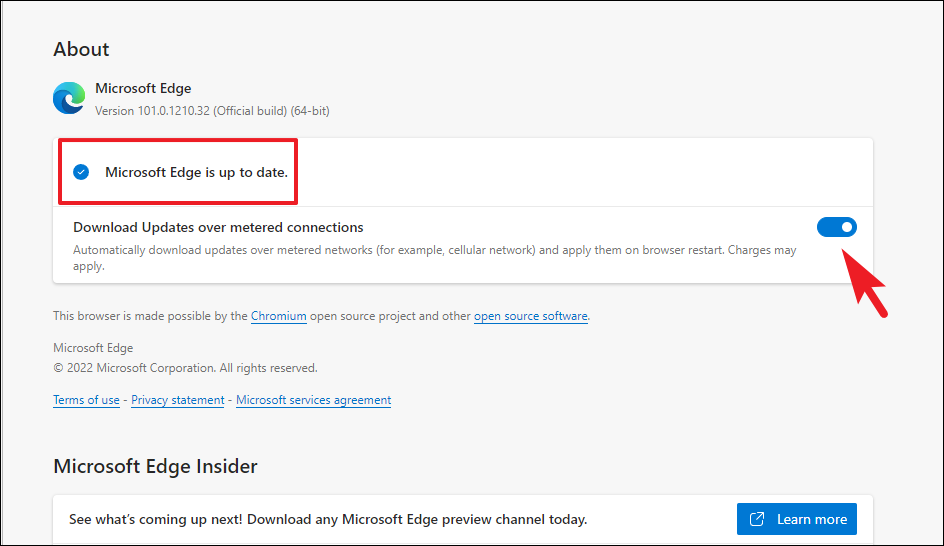
Once the update is installed, restart Edge to see if the issue is resolved.
Run Windows Store Apps troubleshooter
Windows 11 includes a built-in troubleshooter for apps downloaded from the Microsoft Store, which can automatically detect and fix common issues with Edge.
Step 1: Open the Settings app by clicking on the Start Menu and selecting Settings, or by pressing Windows + I on your keyboard.

Step 2: In Settings, ensure you're on the System tab, then scroll down and click on Troubleshoot.

Step 3: Click on Other troubleshooters.

Step 4: Scroll down to find Windows Store Apps and click the Run button next to it.
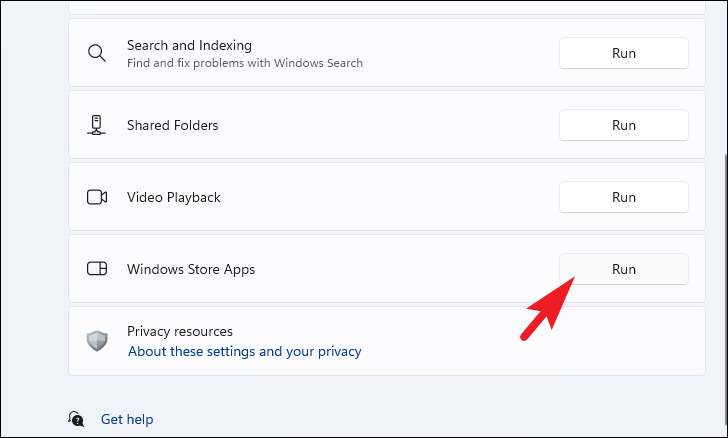
The troubleshooter will scan for issues and apply any necessary fixes automatically. Once completed, check if Edge is functioning properly.
Repair Microsoft Edge
If Edge is still unresponsive, repairing the app can resolve underlying issues without affecting your data.
Step 1: Access the Settings app from the Start Menu.

Step 2: Click on the Apps tab on the left, then select Installed apps on the right.
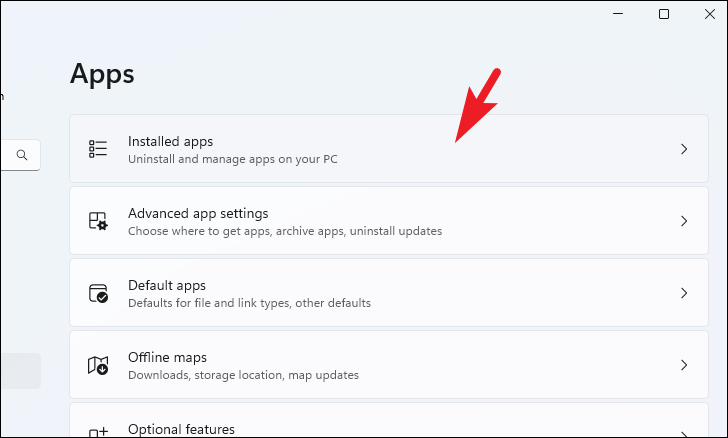
Step 3: Scroll through the list or use the search bar to find Microsoft Edge. Click on the three-dot ellipsis icon next to it and choose Modify from the menu.
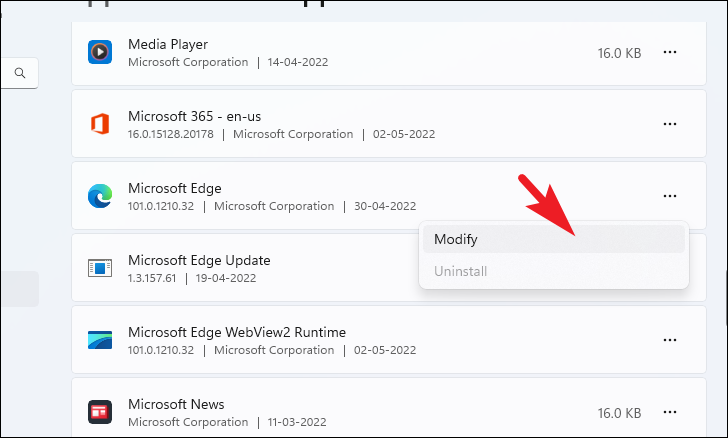
Step 4: A User Account Control prompt may appear. Click Yes to proceed.
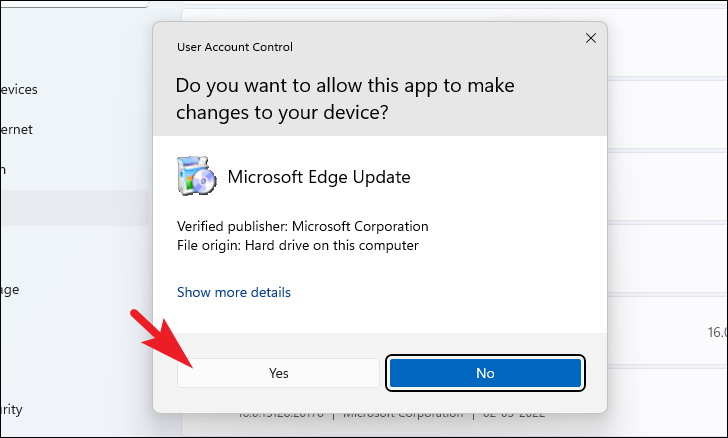
Step 5: In the Repair Microsoft Edge window, click the Repair button.
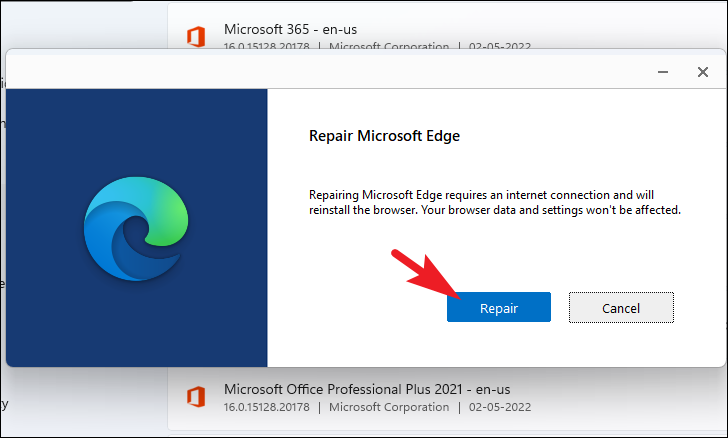
The repair process will reinstall Edge without affecting your browsing data. After it completes, launch Edge to see if the problem persists.
Reset browser settings
If the issue continues, resetting Edge to its default settings can eliminate problematic configurations without deleting your passwords, history, or favorites.
Step 1: Open Microsoft Edge from the Start Menu.
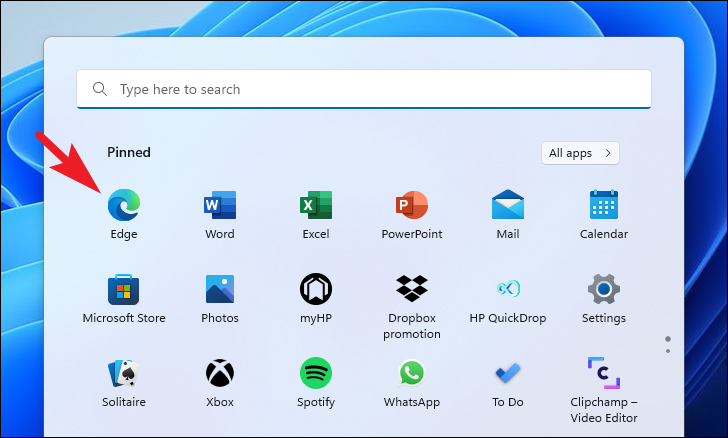
Step 2: Click on the Settings and more icon (three horizontal dots) in the top-right corner and select Settings.

Step 3: In the left sidebar, click on Reset settings.

Step 4: Click on Restore settings to their default values.
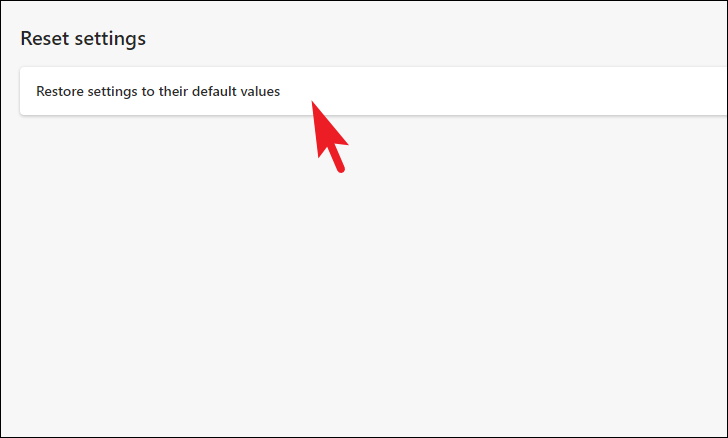
Step 5: In the confirmation window, read the information provided and click Reset to proceed.
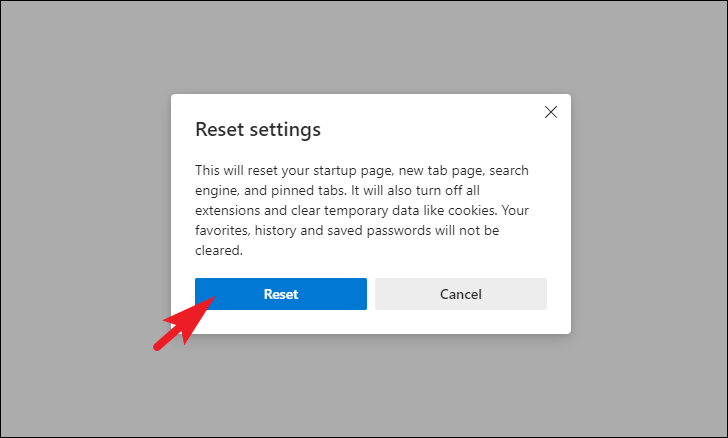
After the reset, restart Edge and check if it's working correctly.
Clear cache, site data, and browser history
Accumulated cache and cookies can sometimes cause performance issues. Clearing this data can help resolve responsiveness problems.
Step 1: In Edge, click on the Settings and more icon and select Settings.
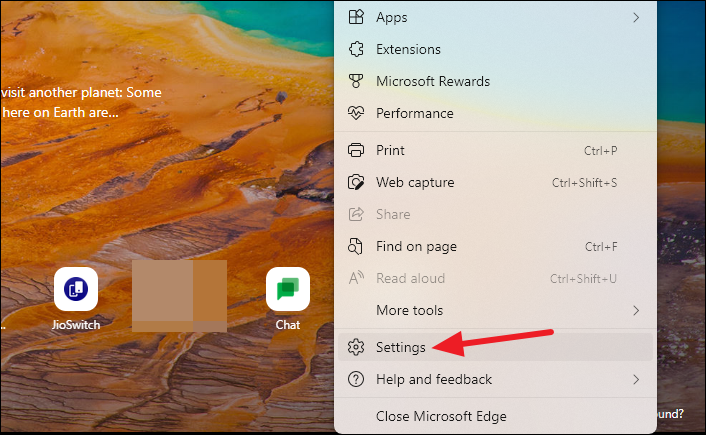
Step 2: Click on Cookies and site permissions in the left sidebar.
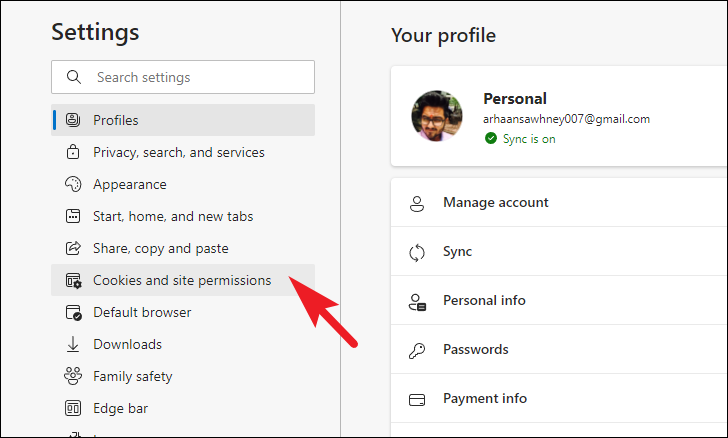
Step 3: Under Cookies and data stored, click on Manage and delete cookies and site data.
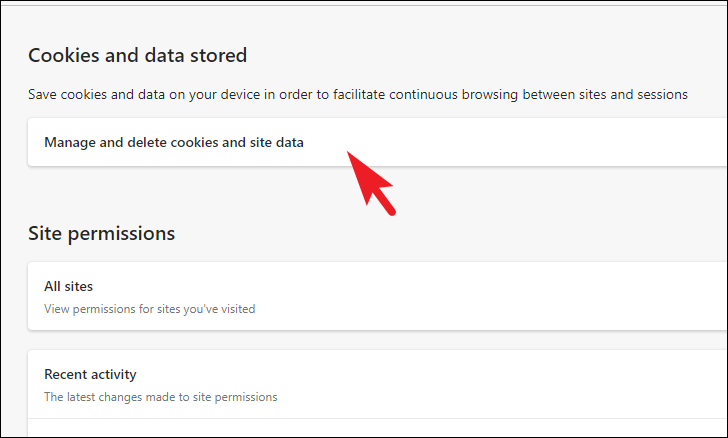
Step 4: Click on See all cookies and site data.
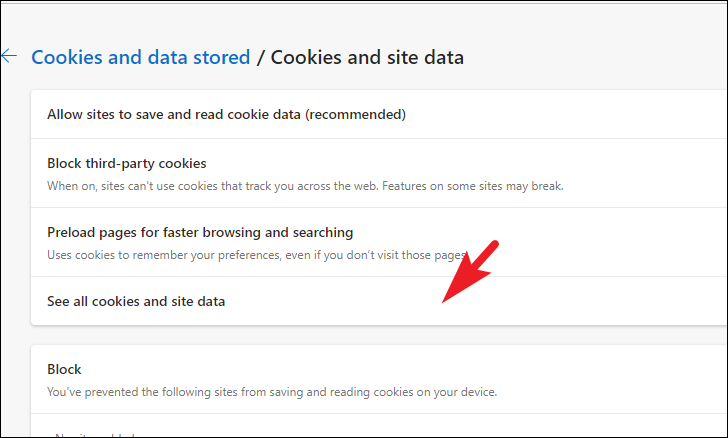
Step 5: Click the Remove all button to delete all cookies and site data.
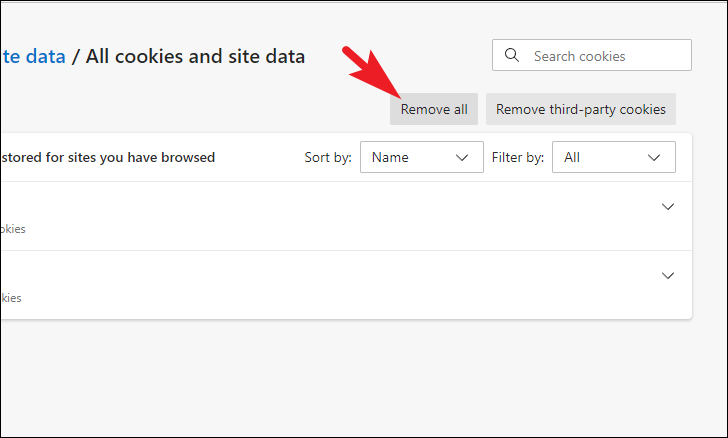
Confirm any prompts and once the data is cleared, restart Edge to see if the issue has been fixed.
Remove Edge extensions
Extensions can enhance your browsing experience, but outdated or incompatible extensions might cause Edge to malfunction. Removing them can help identify if an extension is the culprit.
Step 1: Click on the Settings and more icon in Edge, then hover over Extensions and select Manage extensions.
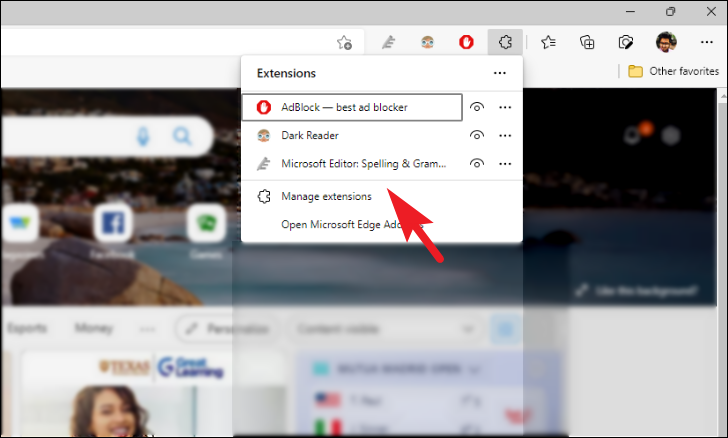
Step 2: In the Installed extensions section, identify extensions you don't frequently use or suspect might be causing issues.
Step 3: Click the Remove button on the extension's tile. Confirm the removal when prompted.
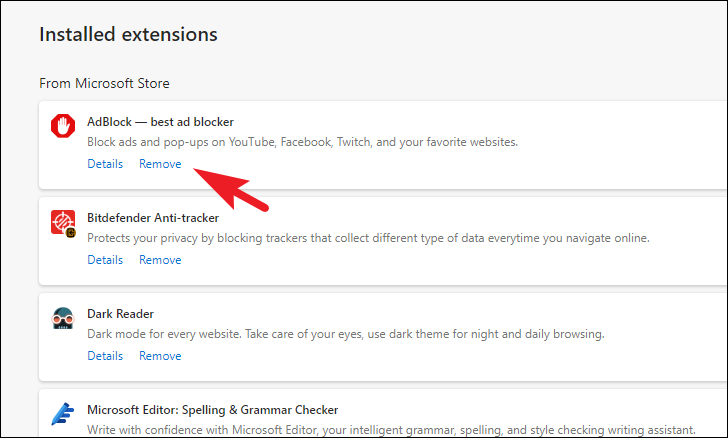
Step 4: Repeat the process for all extensions. After removing them, restart Edge.
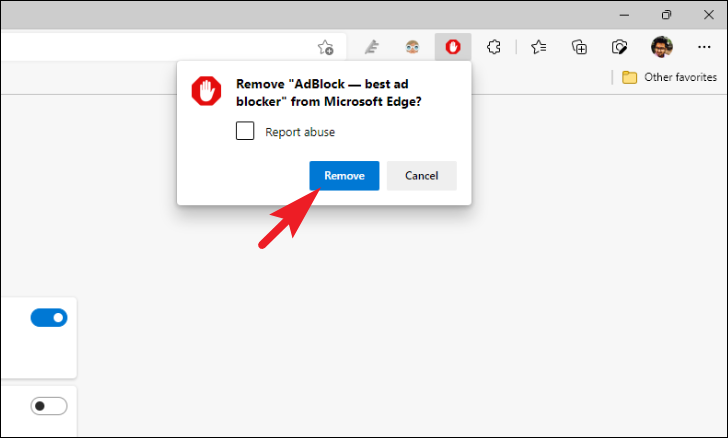
If Edge starts working properly, you can reinstall your extensions one at a time to identify which one was causing the problem.
By following these steps, you should be able to resolve issues with Microsoft Edge not responding or crashing on your Windows 11 PC.


